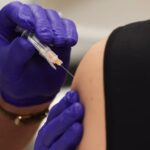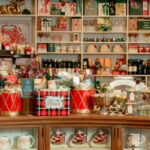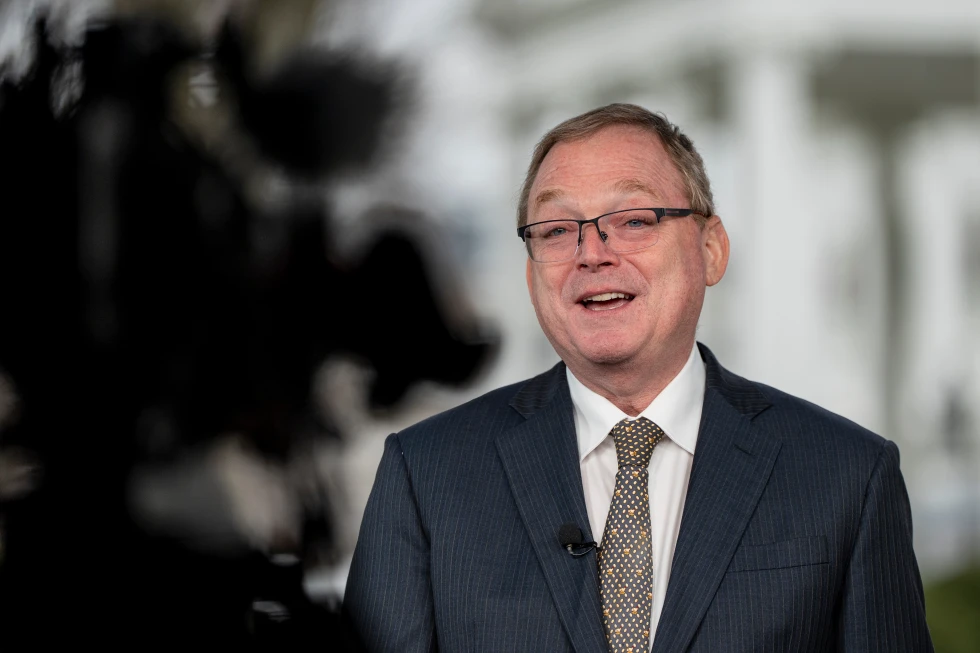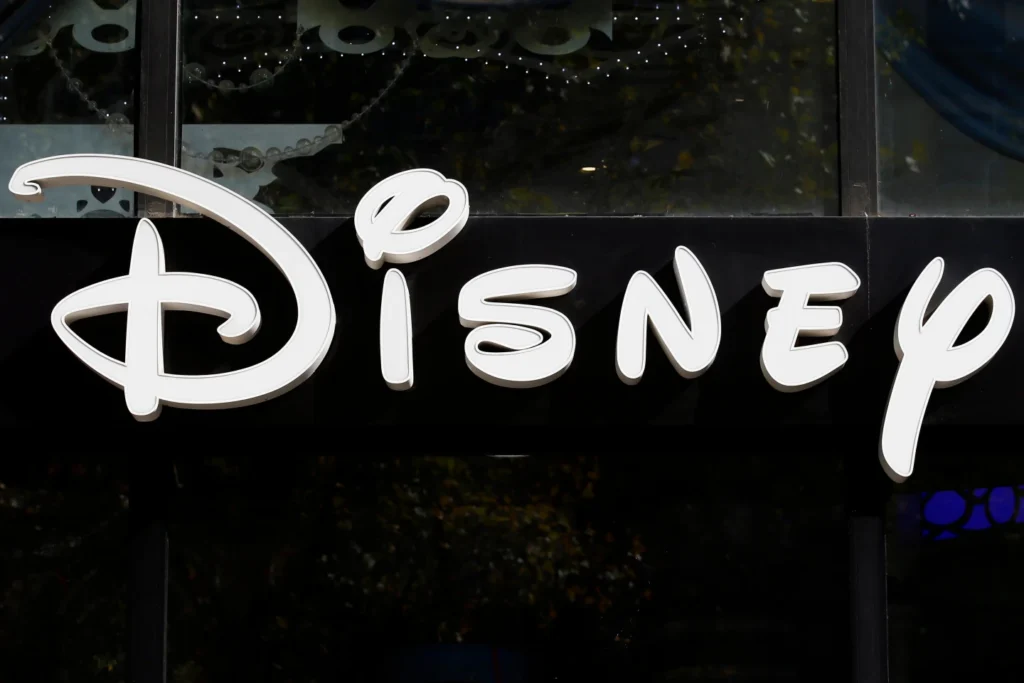Tariffs Threaten K-Beauty Boom in U.S. as Imports Face 25% Tax
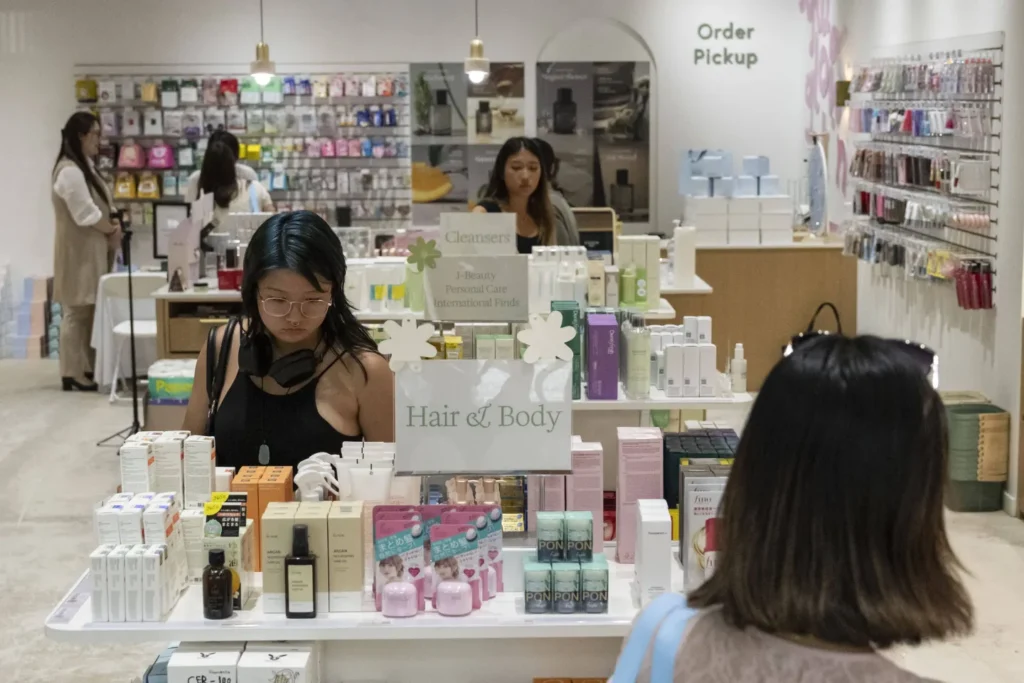
Tariffs Threaten K-Beauty Boom in U.S. as Imports Face 25% Tax
NEW YORK — When Amrita Bhasin, 24, heard about the looming 25% U.S. tariff on South Korean goods, she immediately placed a bulk order for her favorite Korean sheet masks. “I bought 50 in bulk — that should last me a few months,” she said.
South Korea is racing to secure a trade deal before President Donald Trump’s Aug. 1 deadline for nation-specific tariffs. A 25% import tax would dramatically impact not just vehicle or electronics exports, but also the soaring K-beauty industry, which has captured the loyalty of U.S. consumers for over a decade.
K-Beauty’s Rising Influence in the U.S.
K-beauty — shorthand for Korean skincare and cosmetics — has driven global beauty trends through innovations like BB creams, snail mucin, and 10-step skincare routines. Products from South Korea now top U.S. cosmetic imports, surpassing France, according to Euromonitor data.
In 2024 alone, the U.S. imported $1.7 billion in South Korean beauty products, a 54% increase from the prior year, per the U.S. International Trade Commission.
“Americans embraced Korean beauty because it offered something fresh,” said Mary Lovely, a senior fellow at the Peterson Institute for International Economics. “This wave includes K-pop, ‘Parasite,’ ‘Squid Game’—K-beauty is part of South Korea’s global rise.”
Panic Buying and Uncertain Supply Chains
Retailers like Senti Senti, which specializes in Asian beauty products, saw an uptick in “panic buying” when Trump first announced tariffs. While the surge slowed during a 90-day pause, customers and business owners remain on edge as the deadline nears.
“About 90% of our inventory comes from Korea and Japan,” said Winnie Zhong, manager at Senti Senti. “We haven’t passed on costs yet — but with a 25% tariff, we’ll have no choice.”
Despite a 2012 free trade agreement that allowed duty-free entry for cosmetics, South Korea has yet to negotiate an exemption. Meanwhile, Japan managed to reduce its proposed tariff rate from 25% to 15%.
Price Pressure Hits Small Businesses
At online K-beauty store Ohlolly, founders Sue Greene and Herra Namhie paused restocks after placing two large orders at the 10% tariff rate.
“If it goes to 25%, we can’t afford it,” Namhie said. “We’d have to raise prices, and our customers might look elsewhere.”
With only 2–4 months of inventory left, Ohlolly will soon face difficult decisions on what to reorder, what to discontinue, and which prices to increase.
Content Creators and Consumers Weigh Impact
Content creator Jen Chae, who has over 1.2 million YouTube subscribers, briefly halted her purchases from sites like YesStyle due to tariff uncertainty. “I didn’t know if I’d get hit with duties on PR packages or personal orders,” she explained.
YesStyle now offers store credit to offset import costs, but that hasn’t fully eased buyer hesitation.
Others, like beauty writer Rachel Weingarten, caution against stockpiling. “Natural oils and delicate packaging degrade. Your products could go rancid before you use them,” she warned.
Still, loyal fans say they’ll stick with Korean brands.
“I won’t shift to U.S. products,” said Bhasin from Menlo Park. “There are no solid substitutes for Korean face masks.”
Will the Boom Bust?
As trade talks continue, the future of K-beauty in the U.S. remains uncertain. Industry experts warn that price hikes and reduced product variety could hurt both consumers and small businesses.
Mary Lovely summed it up: “You can’t kill a global trend with a tariff, but you can certainly slow it down.”
: 185

